WATER QUALITY REPORTS
WATER QUALITY REPORTS
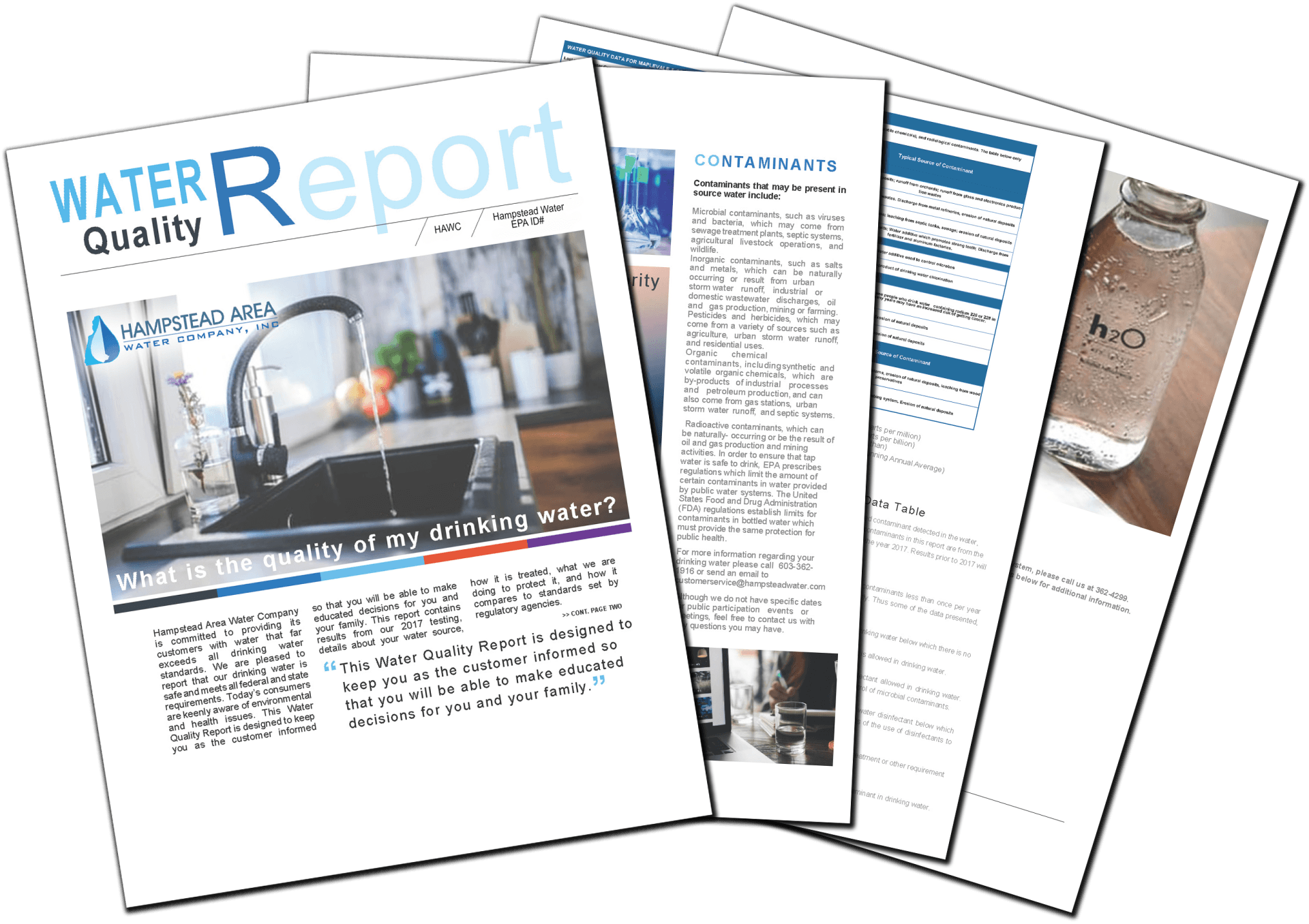
CHESTER
DANVILLE
EAST KINGSTON
HAMPSTEAD & E. HAMPSTEAD
WATER QUALITY FAQ
Water quality is just as important to HAWC, as it is to our customers. Below are some of the most frequently asked questions. If you have any unanswered questions, feel free to contact us.
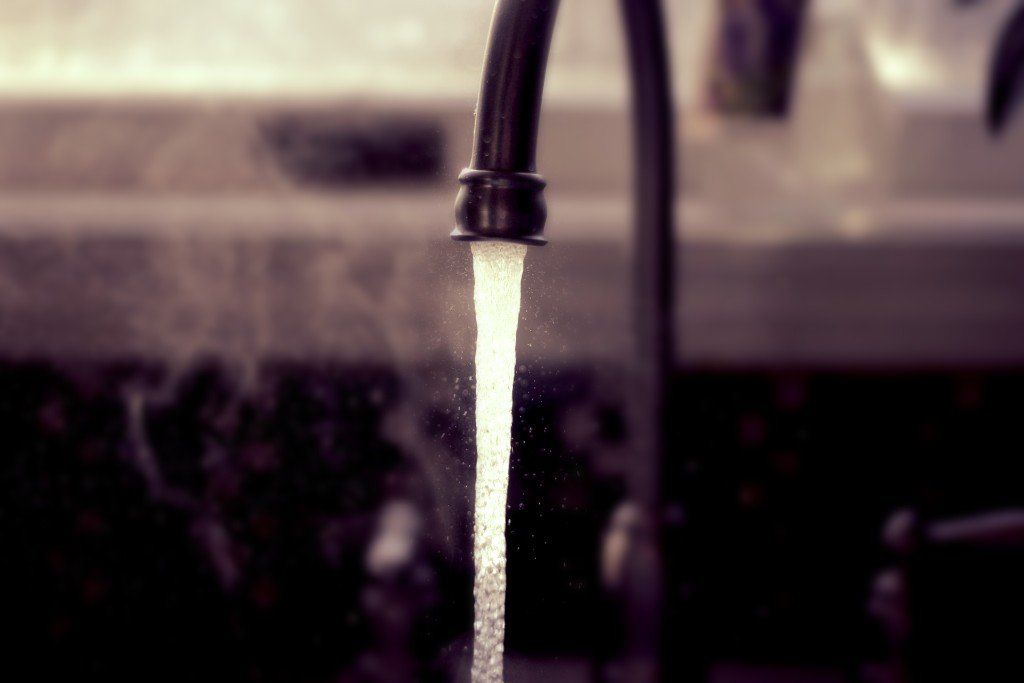
Why is my water discolored?
Discolored water is usually caused when naturally occurring minerals, such as iron, are stirred-up in the water supply. Power outages, water main breaks, water leaks, and pressure issues can cause these disturbances.
What should I do about discolored water?
If you notice discolored water, contact us
as soon as possible.

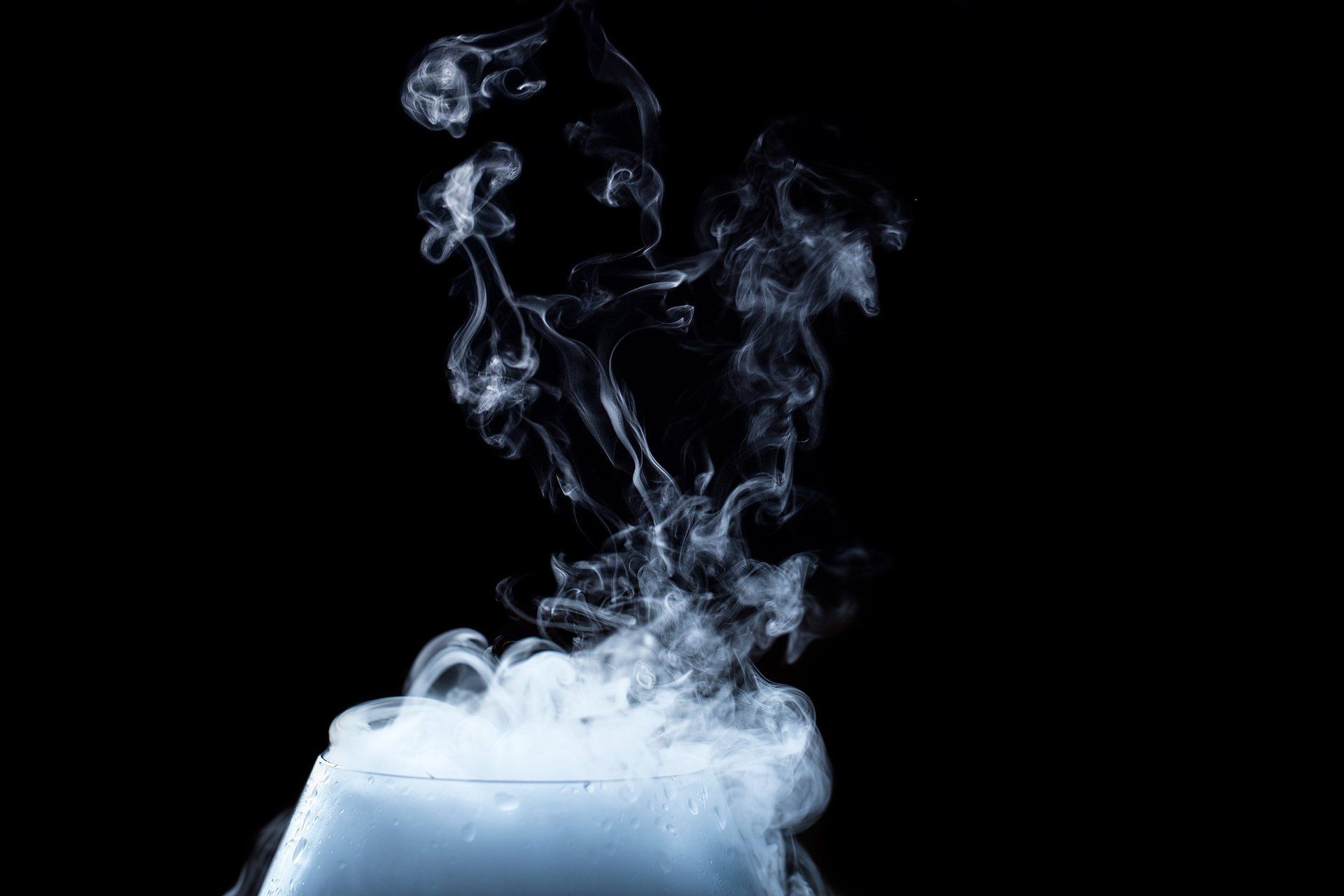
Why is there sand in my water?
What appears as “sand” is actually a derivative of calcium carbonate, a naturally occurring compound. This happens when your hot water heater temperatures are set too high.
Why does my water appear milky or cloudy?
A milky or cloudy appearance is usually caused by air bubbles in the water, posing no health risk. If the water is allowed to sit, the air will dissipate and the water will clear.
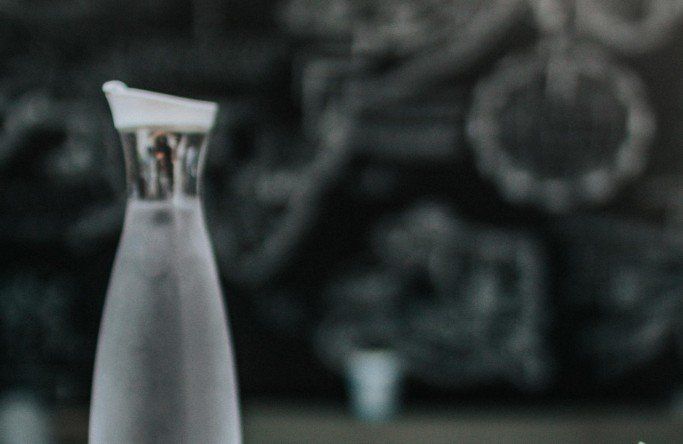
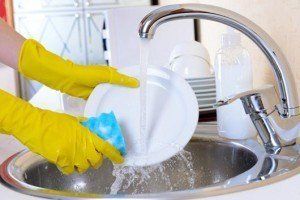
What causes the spots on my dishes?
Spots are caused by hard water, or minerals that remain after the water has evaporated. Spots can be eliminated through use of a dishwasher rinse agent.
What causes odor in water?
The most common cause of odor in water is sulfur, which smells like rotten eggs. This odor is more prevalent in hot water.
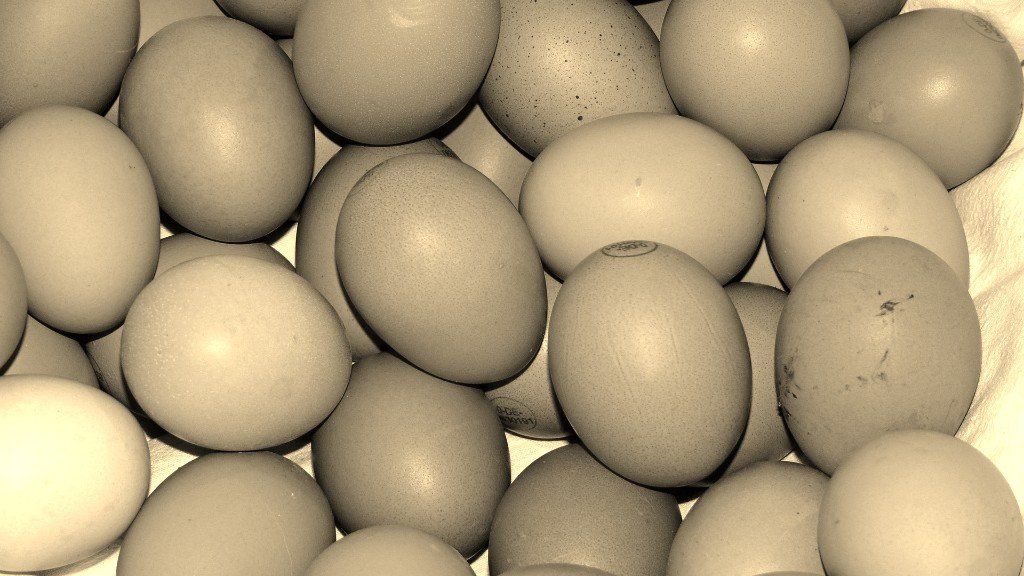
WATER SERVICE LINE FLUSHING
Discolored water is typically caused by sediment, such as iron. Although discolored water is not aesthetically pleasing it is not unsafe* and can easily be resolved by flushing the service line. Flushing allows a larger than normal quantity of water to flow through the service line, allowing it to be cleansed.
If your water is discolored, we recommend avoiding the use of hot water** until the cold water is clear.
INSTRUCTIONS
Outdoor Flushing:
(Should an outside faucet not be available; flush the system using inside faucets.)
Step 1
1. Remove any hoses and/or sprinklers
Step 2
2. Turn on the water at all outside water faucets simultaneously
Step 3
3. Let water flow for approximately 10-15 minutes (or until running clear)
Indoor Flushing:
Step 1
1. Remove any aerators and water filters from faucets/fixtures
Step 2
2. Turn on the COLD WATER ONLY for all faucets (i.e. sinks, tubs, showers, etc.) simultaneously
Step 3
3. Let water flow for approximately 10-15 minutes (or until running clear)
You may notice the discoloration returns after the water has sat in the lines for a period of time, such as overnight or during the day if it’s not being used – this is to be expected. When the water is not used for a longer period of time the sediment settles, when water is turned on the sediment is agitated and will return. If this happens you may repeat the flushing process.
*Some people may be more vulnerable to contaminants in drinking water than the general population. These people should seek advice about drinking water from their health care providers.
** If you have used hot water prior to flushing the water heater may need to be flushed as well, refer to the manufacturer’s manual for instructions or contact a licensed plumber.w Paragraph
MONITORING & TREATMENT
Hampstead Area Water Company, Inc. (HAWC) is dedicated to providing our customers with safe drinking water; this is achieved through routine monitoring and treatment of the water supply.
Cross Control
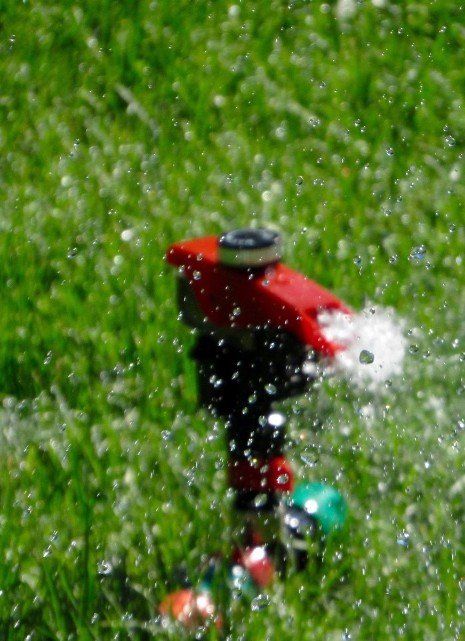
The NH Department of Environmental Services (DES) requires all water systems with greater than 1,000 connections to implement a Cross Connection Control Program for identifying and eliminating “cross connections” to the drinking water system.
It’s The Hampstead Area Water Company, Inc.’s (HAWC) responsibility to protect the public drinking water supply from contamination that might occur through unintentional “backflow”. Backflow is the undesirable reversal of flow in a drinking water distribution system which may introduce harmful substances into the drinking water system. A backflow situation could occur if the drinking water system suddenly loses pressure. For example, if large quantities of water were being pulled from the system to fight a fire, or there was pipeline break with the loss of significant amounts of water.
Each device is required to be tested on a yearly or semi-annual basis depending on the device type and degree of hazard. All devices must be tested by a state-approved tester who is registered with the state of NH.
What We Monitor For
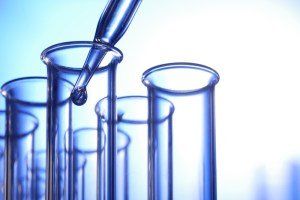
Some of the contaminants we monitor for include:
- Microbial contaminants from septic systems, agriculture & livestock operations, and wildlife.
- Inorganic contaminants such as salts and metals that can naturally occur or result from storm water runoff, industrial & domestic waste water discharges, or farming.
- Pesticides and herbicides from sources such as agriculture, storm water runoff, and residential uses
- Organic chemical contaminants, including synthetic and volatile organic chemicals, which are by-products of industrial processes.
- Radioactive contaminants that can naturally occur.
What We Treat
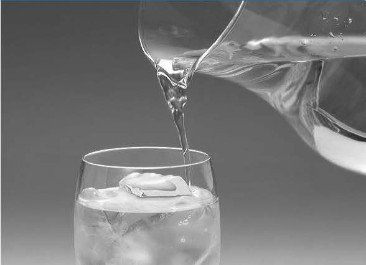
All of HAWC’s water sources originate from bedrock wells. Water from the wells is naturally filtered and is free of almost all regulated contaminants.
Water treatment includes the use of chlorine for disinfection to ensure the water is free of harmful bacteria. Fluoride is not added to your water supply.


